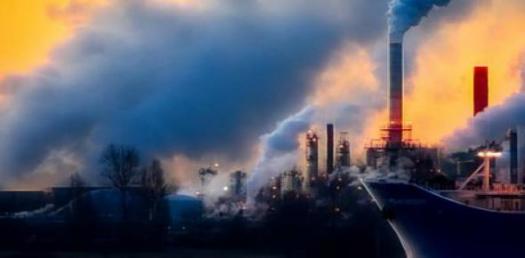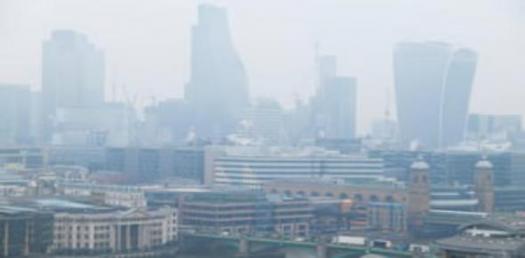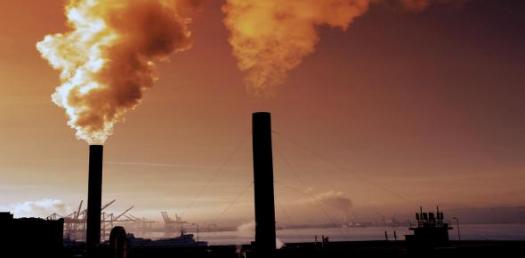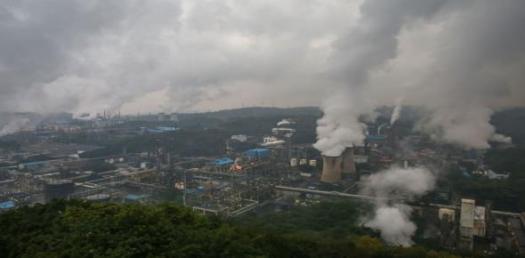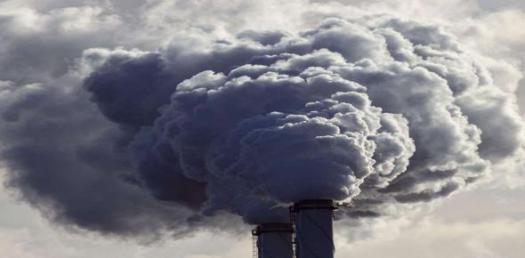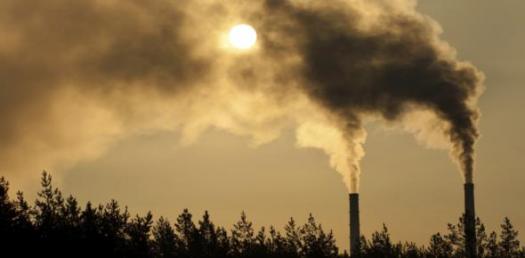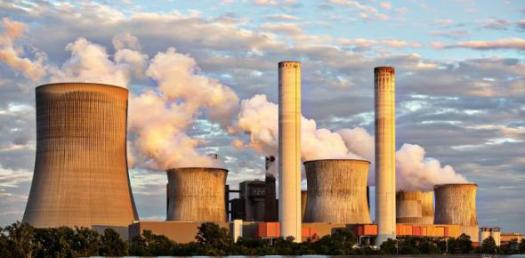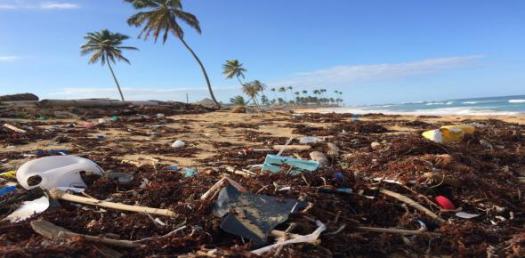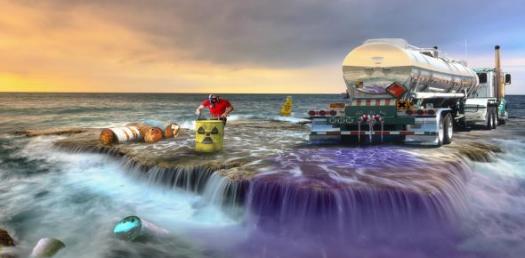The Ultimate Pollution Awareness Quiz!

Pollution is the process of releasing contaminants into the environment. The release of contaminated substances into the atmosphere has adverse effects on the inhabitants. Pollution is usually in various forms: air, water, soil, etc. It is considered a global issue with serious implications for our health. Are you aware of the efforts and legislations aimed at controlling this?
- 1.
What is the most common form of pollution?
- A.
Soil pollution
- B.
Air pollution
- C.
Thermal pollution
- D.
Water pollution
Correct Answer
D. Water pollutionExplanation
Water pollution is the most common form of pollution because it affects a large portion of the Earth's surface. It occurs when harmful substances such as chemicals, toxins, and waste are discharged into bodies of water, including rivers, lakes, and oceans. Water pollution can have detrimental effects on aquatic ecosystems, leading to the destruction of habitats and the loss of biodiversity. It also poses a serious threat to human health as contaminated water can cause diseases and illnesses. Additionally, water pollution can have long-lasting impacts on the environment, making it a significant concern worldwide.Rate this question:
-
- 2.
When was the burning of sea-coal banned in England?
- A.
1327
- B.
1371
- C.
1272
- D.
1293
Correct Answer
C. 1272Explanation
The burning of sea-coal was banned in England in 1272.Rate this question:
-
- 3.
Which of these was the first American city to enact laws against air pollution?
- A.
Chicago
- B.
Miami
- C.
New York
- D.
San Francisco
Correct Answer
A. ChicagoExplanation
Chicago was the first American city to enact laws against air pollution. This means that Chicago was the first city to introduce regulations and measures to control and reduce air pollution within its boundaries. The other cities listed, Miami, New York, and San Francisco, may have also enacted laws against air pollution at some point, but Chicago was the first to do so.Rate this question:
-
- 4.
What form of pollution involves the release of chemicals into the atmosphere?
- A.
Noise pollution
- B.
Air pollution
- C.
Light pollution
- D.
Plastci pollution
Correct Answer
B. Air pollutionExplanation
Air pollution involves the release of chemicals into the atmosphere, which can be harmful to human health and the environment. These chemicals can come from various sources such as industrial emissions, vehicle exhaust, and burning of fossil fuels. Air pollution can lead to respiratory problems, cardiovascular diseases, and climate change. It is a significant environmental issue that requires attention and measures to reduce emissions and improve air quality.Rate this question:
-
- 5.
Which of these is not an effect of noise pollution?
- A.
Hearing loss
- B.
High blood pressure
- C.
Sleep disturbance
- D.
Coma
Correct Answer
D. ComaExplanation
Coma is not an effect of noise pollution. Noise pollution refers to excessive or disturbing noise that can have various negative effects on human health. These effects include hearing loss, high blood pressure, and sleep disturbance. However, coma, which is a state of prolonged unconsciousness, is not directly caused by noise pollution.Rate this question:
-
- 6.
Which of these is not an effect of pollution?
- A.
Biomagnification
- B.
Sulphur dioxide emission
- C.
Acid rain
- D.
Carbon dioxide emission
Correct Answer
B. Sulphur dioxide emissionExplanation
Sulphur dioxide emission is not an effect of pollution. Pollution can have various effects on the environment and human health, such as biomagnification (the accumulation of pollutants in higher levels of the food chain), acid rain (caused by pollutants reacting with the atmosphere), and carbon dioxide emission (a greenhouse gas contributing to climate change). However, sulphur dioxide emission itself is a form of pollution, as it is released into the air from burning fossil fuels and can contribute to air pollution and respiratory issues.Rate this question:
-
- 7.
Which of these can not help in managing pollution?
- A.
Recycling
- B.
Reusing
- C.
Mitigating
- D.
Composting
Correct Answer
D. CompostingExplanation
Composting involves the decomposition of organic waste materials, such as food scraps and yard trimmings, into nutrient-rich compost. While composting is a beneficial practice for reducing waste and improving soil health, it does not directly address the issue of pollution management. Recycling, reusing, and mitigating (taking actions to reduce or prevent pollution) are more effective strategies for managing pollution. Therefore, composting is the option that cannot help in managing pollution.Rate this question:
-
- 8.
Which of these is an air pollution device?
- A.
Baghouses
- B.
Cyclones
- C.
Electrostatic precipitators
- D.
Thermal oxidizer
Correct Answer
C. Electrostatic precipitatorsExplanation
All the options listed are devices used to control air pollution by removing particulates or gases from industrial emissions. Here’s a brief description of each:
Baghouses: Also known as fabric filters, these devices use fabric bags to capture dust and particulate matter from industrial emissions.
Cyclones: Also known as cyclone separators, these devices use a cyclonic, centrifugal force to remove large particles from gas streams.
Electrostatic precipitators: These devices use an electric charge to remove particles from gas streams. Particles are charged and then collected on plates with an opposite charge.
Thermal oxidizer: This device is used to destroy hazardous gases and volatile organic compounds (VOCs) by oxidizing them at high temperatures.Rate this question:
-
- 9.
Which of these is not a dust collection device?
- A.
Electrostatic precipitators
- B.
Cyclones
- C.
Spray tower
- D.
Baghouses
Correct Answer
C. Spray towerExplanation
A spray tower is not a dust collection device. It is a type of air pollution control equipment used for removing pollutants, such as gases and particulate matter, from industrial exhaust gases. Spray towers work by spraying a liquid, typically water, into the exhaust gas stream, causing the pollutants to dissolve or adhere to the liquid droplets. This process is known as absorption or scrubbing. In contrast, electrostatic precipitators, cyclones, and baghouses are all dust collection devices that are designed to remove solid particulate matter from the gas stream by different mechanisms.Rate this question:
-
- 10.
Which of these is primary sewage treatment?
- A.
Compost
- B.
Sedimentation
- C.
Aerated lagoons
- D.
Constructed wetlands
Correct Answer
B. SedimentationExplanation
Sedimentation is considered to be a primary sewage treatment method. It involves the settling of solid particles in wastewater by allowing them to settle at the bottom of a tank or basin. This process helps in the removal of larger particles and suspended solids from the wastewater, making it cleaner and reducing the organic content. Sedimentation is an important step in the initial treatment of sewage before it undergoes further treatment processes.Rate this question:
-
Quiz Review Timeline +
Our quizzes are rigorously reviewed, monitored and continuously updated by our expert board to maintain accuracy, relevance, and timeliness.
-
Current Version
-
Jun 27, 2024Quiz Edited by
ProProfs Editorial Team -
Aug 27, 2019Quiz Created by
Gregorynaomi



